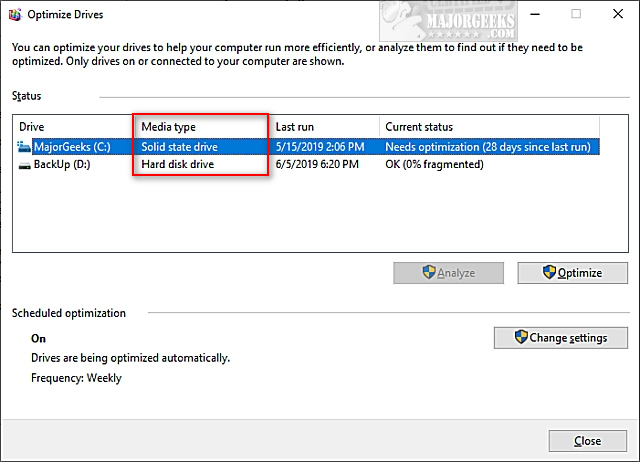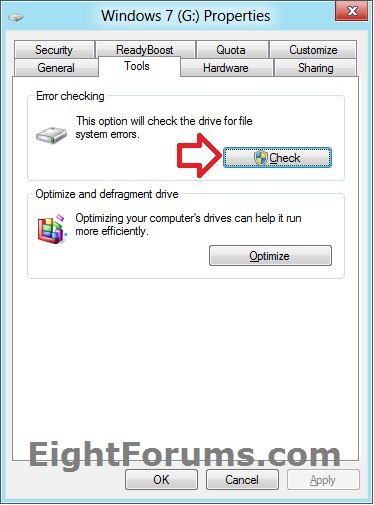

HOW TO RUN A DISK CHECK ON A 2ND DRIVE WINDOWS
If you're reluctant to execute the disk check, you can avoid it by following the message "to skip disk checking, press any key within xx second(s)." However, when you restart your computer the next time, the same message will appear on the screen again because Windows still thinks the drive needs repairing and will keep reminding you until it is checked. If you're recently experiencing a slow computer performance, let Windows run through the checking disk from 0% to 100% complete. And if it's checking the drive like D: or E:, the problem can be from the data drive. When you turn on a computer and it starts going into a session of "scanning and repairing drive (C:) xx% complete", it can be an alarm of a boot drive issue.

Now, on every reboot, the extra disk will automatically mount to the defined folder based on the fstab entry.CHKDSK stuck at 10%.99% CHKDSK not working Scanning and repairing hard drive stuck Should You Stop Auto Disk Check During Windows Startup? Step 4: Open fstab file and check for the new entry for the UUID of the extra disk sudo cat /etc/fstab Step 3: Check the UUID of the extra disk sudo blkid -s UUID -o value /dev/sdb echo UUID=`sudo blkid -s UUID -o value /dev/sdb` /data-mount ext4 discard,defaults, noatime,nofail 0 2 | sudo tee -a /etc/fstab Step 2: Execute the following command to make a fstab entry with the UUID of the disk. Follow the steps given below for adding the mount to fstab. To automount the disk on system start or reboots, you need to add the mount entry to the fstab. dev/sdb 20G 45M 20G 1% /demo-data Automount GCP Disk On Reboot

df -hĪ sample output, ]$ df -hįilesystem Size Used Avail Use% Mounted on Step 6: Check the mounted disk using the following command. Or, based on the privileges you need for the disk, you can apply the user permissions. Step 5: If you want write permissions to this disk for all the users, you can execute the following command. If you list the block devices, you will see the mounted disk as shown below. sudo mount -o discard,defaults /dev/sdb /data-mount Step 4: Now, mount the disk to the directory we created using the following command. You can replace the /data-mount with a custom name and path, you prefer. Step 3: Next, create a mount directory on the instance as shown below. sudo mkfs.ext4 -m 0 -F -E lazy_itable_init=0,lazy_journal_init=0,discard /dev/sdb In the command below we are mentioning /dev/sdb as that is the extra disk available. Step 2: Next, we should format the disk to ext4 using the following command. Here, sdb is the extra disk that has to be formatted and mounted. All the extra disks will not have any entry under the MOUNTPOINT tab. sudo lsblkĪn example output is shown below. Step 1: Log in to the instance and list the available extra disk using the following command. zone=us-central1-a Formatting and Mounting Extra Disk on VM Instance gcloud compute disks create data-disk \Īttach the disk to the VM named demo-mount gcloud compute instances attach-disk demo-mount \ Ensure you create the disk in the same zone as your instance. If you don’t have gcloud installed, refer to this gcloud CLI setup guide for beginners.Ĭreate a disk named data-disk in the us-central1-a zone. In this example, I will use the gcloud CLI to create and attach the disk. If you don’t have an existing disk attached to the VM, you can create and attach one using gcloud CLI or the google cloud console.


 0 kommentar(er)
0 kommentar(er)
